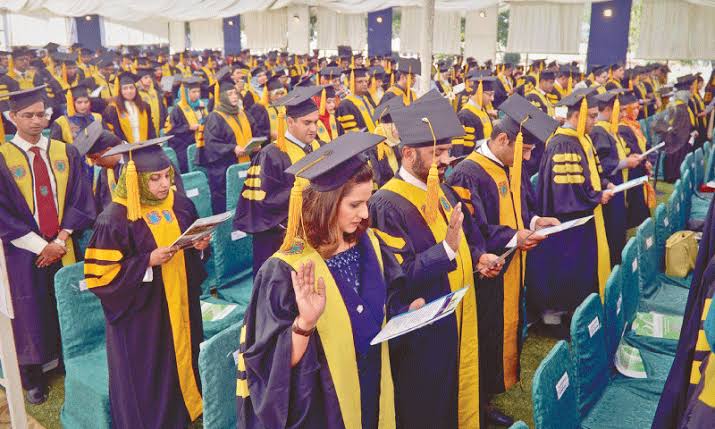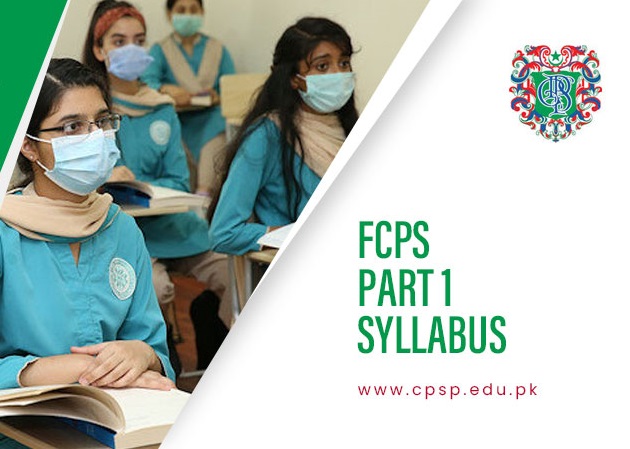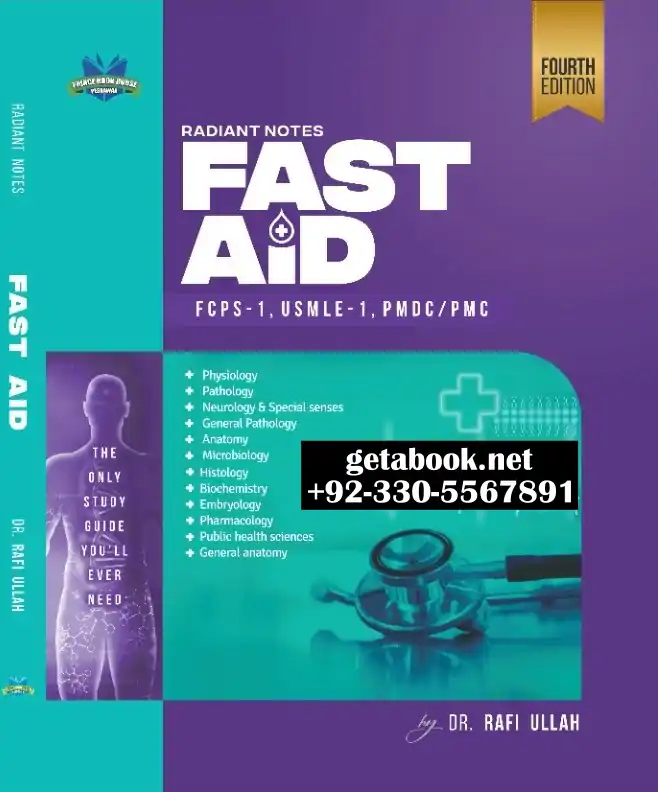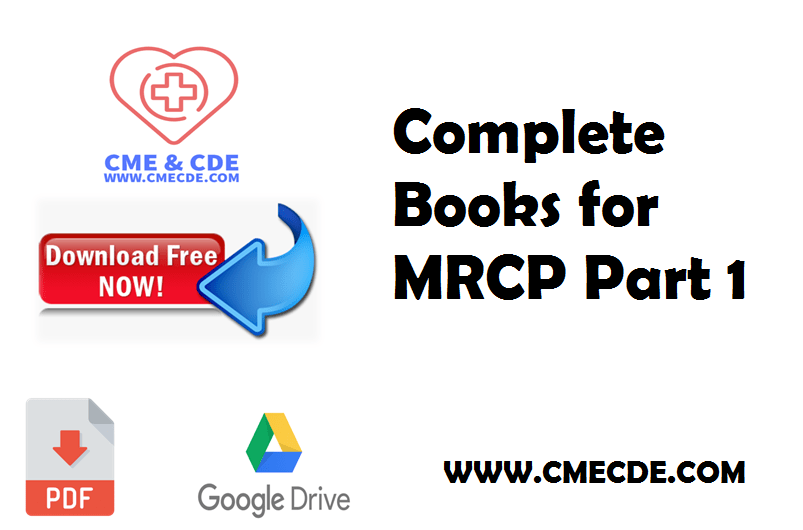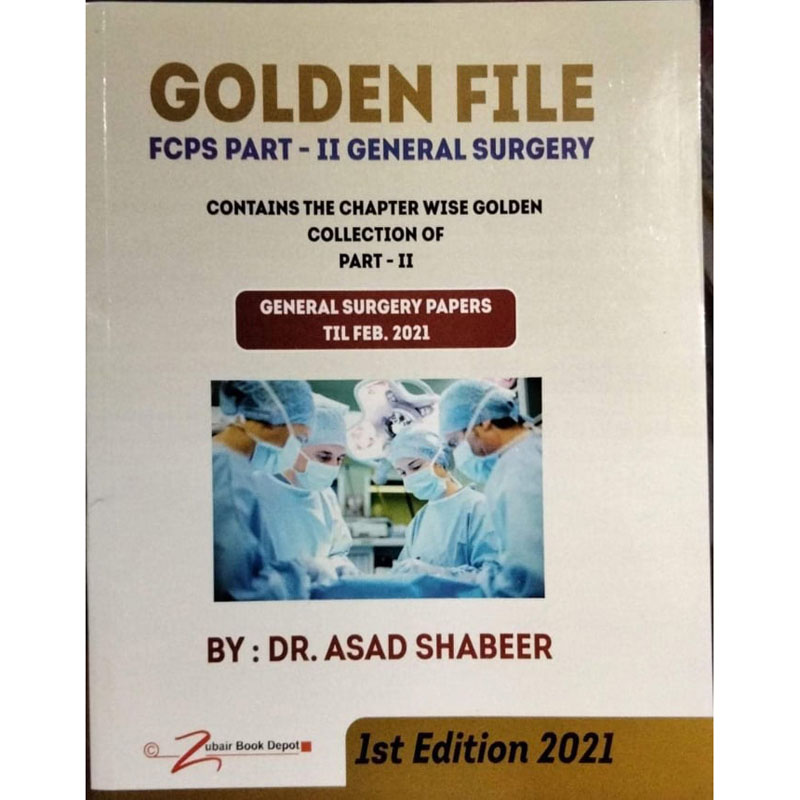SK Pearls of FCPS Part 1
Here are the high yield points by Dr. Salahuddin Kamal for all Medical Students preparing for their exams.
PART 1:
DURING EXERCISE:
☆ Inadequate blood supply:
Kidneys
☆ Inadequate O2 delivery:
Skeletal muscles
☆ Minimum change in blood flow:
Brain
☆ Estrogen in Reproductive years (when a woman is like a doll)
ESTRADIOL — Doll (di – girl n boy)
☆ Estrogen in pregnancy:
ESTRIOL — (tri – mom, dad, child)
☆ Estrogen in menopause:
ESTRIONE — (one – woman becums single again)
Estrogen containing OCPs:
☆ Inc risk of Thromboembolism > Breast CA
High Estrogen containing OCPs:
☆ Inc risk of endometrial CA
Low Estrogen containing OCPs:
☆ Inc risk of Hepatic Adenoma
1)Best way to measure gfr =inulin Clearance
2) best way to estimate gfr = creatinine clearance
3) best way to measure renal plasma / blood flow = PAH
4 ) clinically by creatinine
5) highest renal clearance = pah
ECG
☻P Wave → Atrial Depolarization
☻ Q → Septal Depolarization
☻ R → Early Vent. depolarization (potential travelling to apex of vents)
☻ S → Late Vent. depolarization (Potential travelling to base of vents)
☻ T → Vent. repolarization
☻ U → Delayed repolarization of Purkinje system or papillary muscles
☆ Premalignant change in mouth:
Chronic ulcer
☆ Premalignant Condition:
Lichen planus
☆ Premalignant Lesion (Most common):
Leukoplakia
☆ Premalignant Lesion (Most lethal):
Erythroplakia
☆ Bettlenut chewing:.
Submucosal fibrosis
GEOMED pneumonic
☆ Giant cell — Epiphysis
☆ Osteosarcoma — Metaphysis
☆ Ewing sarcoma — Diaphysis
☆ Osteoblastoma — Vertebral bodies
Epiphyseal Lesions:
☆ Giant cell tumor
☆ Chondroblastoma
☆ Chondrosarcoma
can occur Rarely in…
☆ Osteosarcoma
☆ Osteoblastoma
TYPHOID FEVER INVESTIGATIONS:
MNEMONIC BASU to memorize ie
B=Blood, A=Antibody, S=Stool, U=Urine
-1stweek = blood culture
-2ndweek = antibody/widal
-3rdweek = stool
-4thweek = urine culture
?Scanty Barbodies present in…..Turnere(because of mosaic pattern)
?Presence of single barbodies diagonstic for……Klinefelter’s(as klinefilter ve one barbody…xxy)
?Total x chromosome minus one is the number of bar bodies for example in xxx there are 2 bar bodies
benign tumor – warthin
hamartoma – tumor LIKE benign overgrowth…(brs)
LYSOSOMES:
• Arise from Golgi apparatus
• Contain hydrolases
• Cause degradation of unfolded proteins
• Uterus and breast regress after pregnancy by lysosomes
• On H & E stain: hollow structure around nuclei\
PEROXISOMES
• Originate from SER
• Contain OXIDASE, H2O2 AND CATALASE
• Single membrane
CENTRIOLE
• Microtubules
RER
• Protein synthesis
• Continuous with nuclear membrane
• =Nissle bodies
• Basophilia of cell
• Absent in axon hillock
SER
• Detoxification of drugs
• Giver peroxisomes
• Contain Calcium
MITOCHONDRIA
• DNA
• Energy house
GOLGI COMPLEX
• Binds carbohydrate with protein, enclose them in vesicles and release
• Secretary vesicles
• Lysosomes arise here
NUCLEOLUS
• No limiting membrane
• Site of RNA synthesis and assembly
DOUBLE MEMBRANE ORGANELLES
• Nucleus…>Mitochondria…..>Golgi complex
CYTOSKELETON
1. Cytoskeleton which connects ECM to ICM = Intermediate filament
2. Cytoskeleton connected to ECM = Proteoglycan
3. ECM connected to ICM through = Integrin
REGARDING THIRST…!!
Thirst Is Is Increased By. .
increase in Angi0tensin 2
decrease in blood v0lume
incerease in osmolarity
drynes of m0uth.
Increase in ADH.. .
THIRST is decreasd by. .
Gastric distensi0n.
Decrease in ADH,
Angi0tensin2,
Increase in BP.
Increase in blood volume.
(Reference Guyton)
Important Point Regarding Dialysis Fluid Wala question..
DIALYSING FLIUD ME SIRF
GLUCOSE AND BICARBONATES INCREASE HUN GAY PLASMA FLUID K MUQABILAY ME …
BAQI SUB KUCH DECREASE HOGA…
Ref Guyton..
creatinine clearance
>> 90 ….NORMAL
60-89. …..mild
45-59. …moderate
30-44. …damage
15-29. ….severe
< < 15. ….ESTABLISHED renal failure
radiosensitivity
seminoma > glial glioma > craniopharyngioma
♧highest
☆ TG = chylomic > VLDL
☆ cholesterol = LDL
☆ protiens = HDL
■Granuloma===Characteristic cells===Epitheloid cells
■Tuberculosis granulomas ===Caseating granulomas/necrosis characteristic.
Also occur in histoplasmosis
●To differentiate ===AFB.
●Cervical lymph nodes biopsy done
Now characteristic ===Caseating granuloma
●Cervical lymph nodes biopsy done and biopsy shows Caseating granulomas now further
===AFB detection === definitive Dx.
■Non – caseating granulomas===SARCOIDOSIS, Crohns disease etc.
STAGES OF MITOSIS
INTERPHASE
– Chromosomes are copied (doubles)
– Chromosomes appear as thread like coils (chromatin) at the start but each chromosome and its copy (sister chromosome) changes to sister chromatids at end of this phase
PROPHASE
– Mitosis begins (cell begins to divide)
– Centrioles (or poles) appear and begin to move to opposite ends of cell
– Spindle fibers form between the poles
METAPHASE
– Chromatids (or pair of chromosomes) attach to the spindle fiber
ANAPHASE
– Chromatids (or pair of chromosomes) seperate and begin to move to opposite ends of the cell
TELOPHASE
– Two new nuclei form
– Chromosome appear as chromatin (threads rather than rods)
– Mitosis ends
1)Most effectve antiTb drug=Rifampicin
2)Most bactericidal antiTb drug=Rifapicin
3)Most toxic antiTB drug=IsoNiaxid
4)AntiTb DruG causing rapid sputum conversion=Isoniaxid
5)Orange urine=Rifampicin
6)ist to develop resiatnce=ISONIAXID
7)Drug contraindicated in all categories of dots=INH+Rifampicin
8)injectble antiTb drug=Rifampicin
9)OPTIC neuritis by=Ethambutol
10)Vestibular damge=Streptomycin
11) Drug with only bacteriostatc=Ethambutol
1.inferior thyroid artery ligation…damage recurrent laryngeal nerves
2. Superior thyroid artery ligation…damage external larngeal
3. Thyroidectomy…damage external laryngeal
4. Thyroidectomy with vocal cord damage….damage recurrent laryngeal
5. Tracheostomy…recurrent laryngeal
☆Pus = penile urethra superfascial pouch/scrotum ✔
?
☆Bus = bulbar urethra = sup pouch
☆Mud = membranous urethra deep pouch
1 REST
Max blood flow at rest=
1.liver(1500ml)
2.kidneys(1260 ml)
Max bld flow/ 100gm at rest
1st.carotid bodies
2nd.kidney
EXERCISE=
Max bld supply =Skeletal muscle
least bld supply(not according to demand)=kidneys
Least oxyegen supply(not according to demand)=skeletal muscles
cystinuria b6
cystinemia b12
Implant removed,fluid leaking,type of cells…..Giant cells
Implant removed,,no leaking,type of cells…..Giant cells
Implant not removed,,leaking of fluid present,type of cells……..Giant cells
Implant removed,,leaking of fluid plus signs of inflammation,type of cells…..Neutrophils
Implant not removed,,no leaking but there is tenderness r other signs of inflammation,type of cells……..Neutrophills
Only these two type of cells we ll find,,there is no roll of immunity so no plasma cells…
Points to remember….
In breast implant type of cells…..giant cells
But when inflammation mentioned then neutrophils……simple
basal cell carcinoma is Boss present on upper lip
squamous cell carcinoma is secretary so present on lower lip
TOP?
?
?ANATOMICAL LEVELS TO RELATED STRUCTURES
?
?
?BOTTOM
JUST REMEMBER THE IMP ONES LIKE ISTHMUS OF THYROID GLAND N AORTA BIFURCATION ETC ETC
?C1-C2 VERTEBRA: vocal cords
?C2-oropharynx and soft palate with mouth open
?C3-hyoid bone
?level of larynx in infants-C2-C3
?levwl of larynx in adults-C3-C6
?C3-C4:bifurcation of common carotid artery
?C4 &C5-thyroid cartilage
?C6-cricoid cartilage
?C6-begining of trachea
?C6-begining of oesophagus
?C7-vertebra prominence
?thyroid lobe superior extent-oblique line of thyroid cartilage
?isthmus of thyroid gland-2nd through 4th tracheal rings
?thyroid lobe inferior extent-sixth tracheal ring
?spine at root of scapula-opposite third thorasic spine
?thoracic inlet-T1
?superior angle of scapula-overlies part of 2nd rib-1st intercoastal space superior to angle/T2
?jugular notch-T2&T3 vertebral junction
?carnia-T3-4 or T4
?manubrium Sterni-T3&T4
?sternal angle-T4&T5
?body of sternum-T5to T9 vertebra
?greater splanchnic nerve-T5-T9 sym ganglia
?apex of heart/mitral value-5th intercoastal space
?base of heart/supine position-T5 to T8 vertebra
?base of heart/erect position-T6 to T9
?oblique fissure of lung-T6
?inferior angle of scapula-T7
?vena caval foramen-T8
?xiphoid process-T9
?xiphisternal joint-T9 vertebra typicaly
?esophageal hiatus-T10
?termination of oesophagus-T11
?lesser splanchnic nerve-T10-T11 sym ganglia
?least splanchnic nerve- T12 sym ganglian
?aortic hiatus-T12
?coeliac trunk branch of abdominal aorta-T12
?median arcuate logament of respiratory diaphragm- T12 &L1 junction
?pulmonary valve-left 2nd intercoastal space medial
?aortic valve-right 2nd intercoastal space
?tricuspid valve-right lower sternum
?nipple in male-4th intercoastal space in midclavicular line
?transpyloric plane-L1
?celiac trunk-L1 superior border
?superior mesentric artery-L1 inferior border
?pylorus of stomach-L1
?1st part of duodenum-L1
?left renal vein-L2
?2nd part of duodenum-L1,L2,L3right side
?3rd part of duodenum-L3
?left crus of diagphram-L2
?right crus of diagphram-L3 vertebra
?inferior mesentric artery-L3
?subcoastal plane-L3
?spinal cord termination
L1 in adults
L3 in New borns
?spleen-obliquely along axis of 10th rib
?right kidney-
Superior pole-T12
Inferior pole-L3
Hilum-L1
?left kidney-
Superior pole-T12
inferior pole-L3
Hilum-L1
?pancrease head-L2&L3
?umbilicus(in supine/recumbent position)-disc between L3-L4
?bifurcation of abdominal aorta-L4
?supracristal plane/higheat point on illiac crest-L4
?transtubercular plane-L5
?origin of inferior vena cava-L5by by
?anterior superior illiac spine-S1/sacral promontary
?posterior auperior illiac spine-S2
?pubic symphysis-tip of coccyx
PART 2: NEXT PAGE
